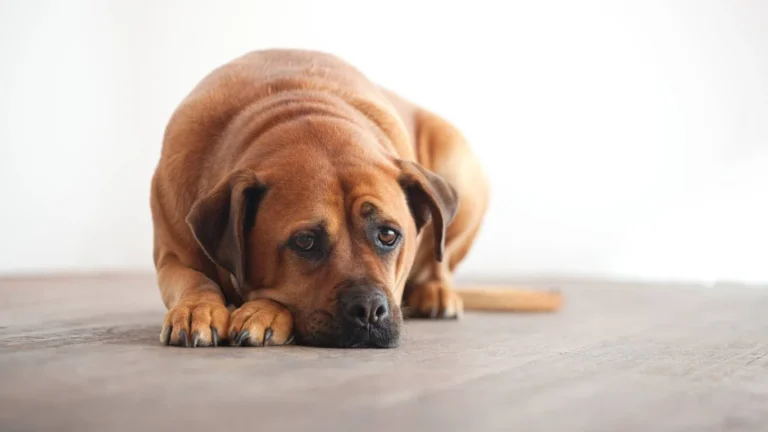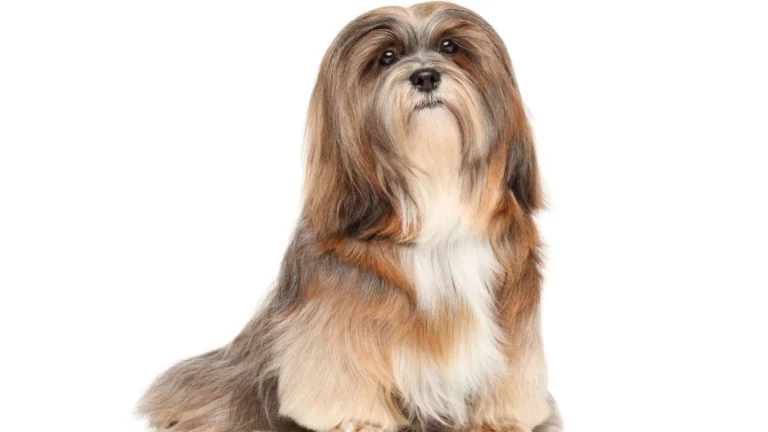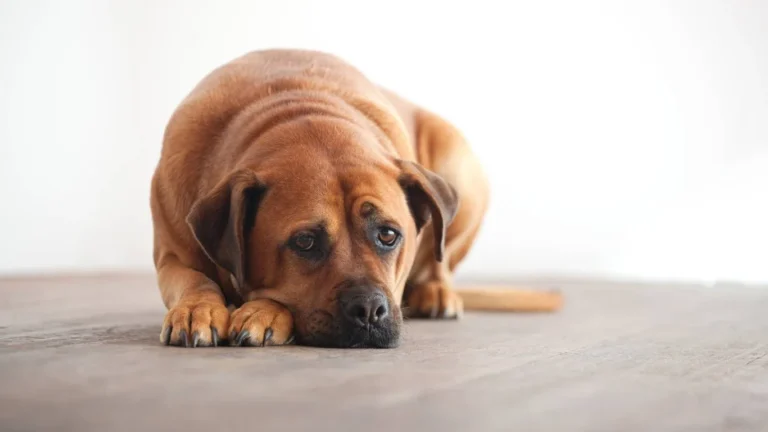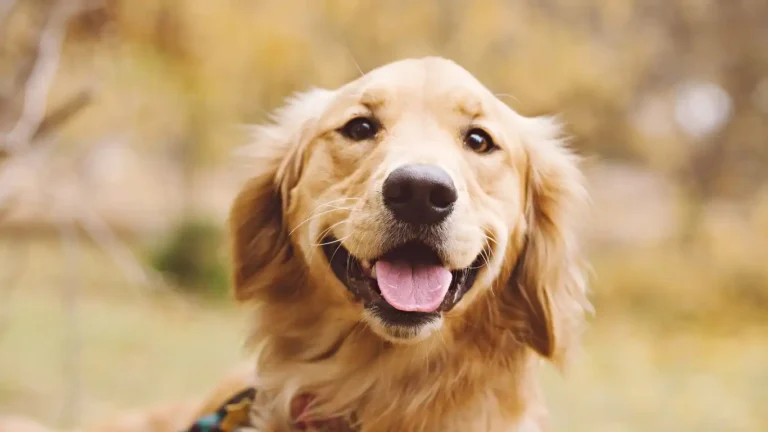Cloudy Eyes in Dogs: Hidden Dangers Every Pet Parent Should Know
Ever noticed your dog’s eyes looking a little hazy, kind of like someone smudged the lens on a camera? You’re not alone. One of the most common questions I get asked as a veterinary assistant—especially from pet parents with senior dogs—is, “What does it mean if a dog has cloudy eyes?” It can be alarming, for sure. I still remember the first time I spotted cloudiness in a Labrador retriever’s eyes during a routine wellness check. The owner looked genuinely worried, and honestly, I get it—your dog’s eyes are their window to the world. In this article, I’m going to break down everything you need to know, from causes to what you should actually be concerned about, all sprinkled with some real-world experience from the vet clinic trenches.
Understanding the Basics of Cloudy Eyes in Dogs

First off, let’s clear something up (pun totally intended): cloudy eyes don’t always mean your dog is going blind. That’s the biggest fear I hear from pet parents. While sometimes cloudy eyes can be a symptom of a serious condition, other times it’s just a sign of aging—kind of like those gray hairs we all try to hide.
Normal Aging vs. A Bigger Issue
Just like humans, dogs’ bodies change as they age—and that includes their eyes. One common culprit is a condition called nuclear sclerosis. It’s a fancy term, but it’s basically a natural hardening of the lens that happens in most dogs over the age of six or seven. I’ve seen it in everything from spunky Yorkies to lazy old Labs. It gives the eyes a bluish-gray tint but doesn’t usually affect vision.
On the other hand, if the cloudiness is paired with other symptoms—like eye redness, squinting, discharge, or if your dog starts bumping into furniture—then we’re possibly dealing with something more serious.
Common Medical Causes of Cloudy Eyes
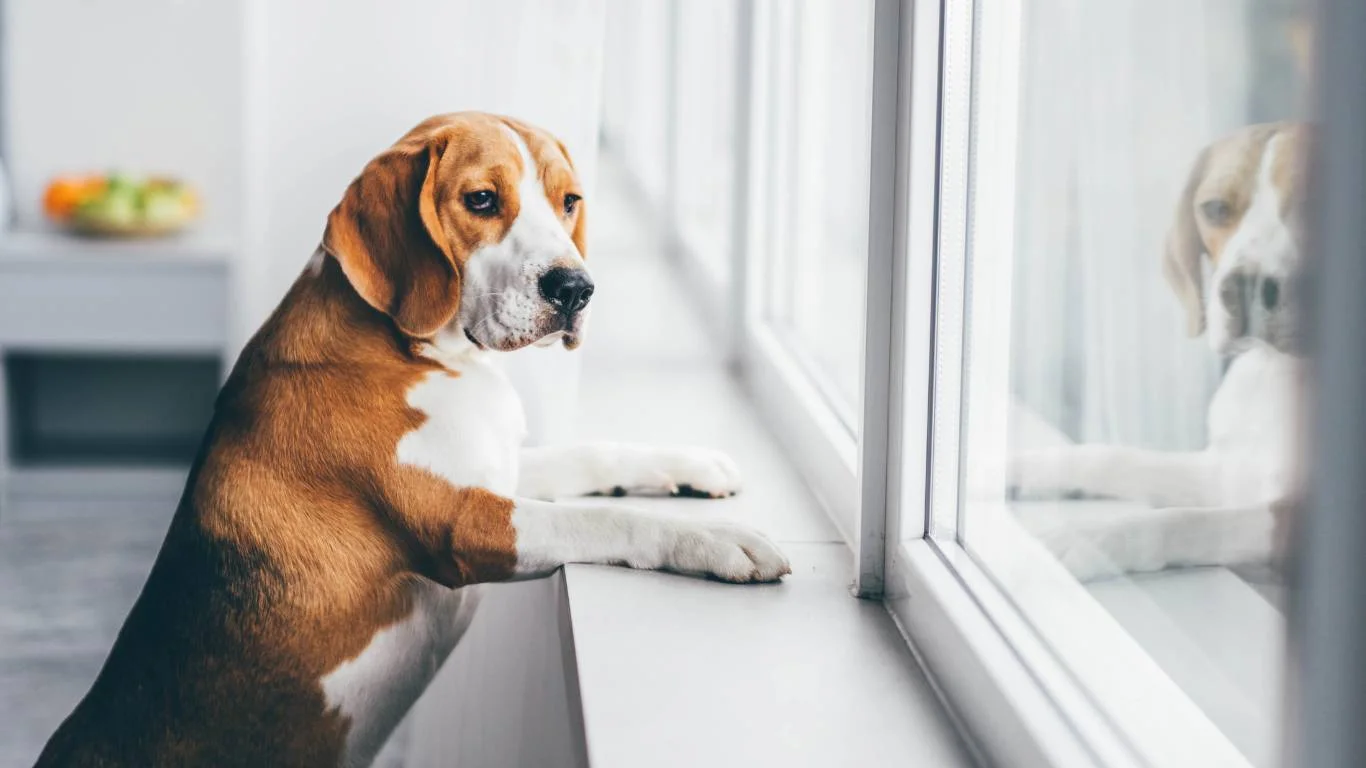
1. Cataracts
Let’s talk cataracts. These are one of the biggest medical causes behind cloudy eyes. I usually describe cataracts as a white or opaque spot right in the center of the eye. They’re not always age-related either—sometimes they’re genetic, especially in breeds like Poodles and Boston Terriers. Diabetic dogs are also super prone to cataracts, and I’ve seen pups go from clear vision to completely blind in under a year because of it.
2. Glaucoma
This one’s a serious red flag. Glaucoma in dogs causes an increase in intraocular pressure, and it can be very painful. Cloudiness here often comes with redness, swelling, and your dog might start pawing at their face. One of my regular clients had a Cocker Spaniel who suddenly became super lethargic and started keeping one eye half-closed. Sure enough, it was advanced glaucoma. Luckily, we caught it in time and referred them to a specialist.
3. Corneal Dystrophy
This condition sounds scary but isn’t always a big deal. It’s more cosmetic than anything and usually doesn’t hurt or impair vision. I’ve mostly seen it in breeds like Huskies and Shelties. The cloudiness shows up as a hazy area on the cornea but doesn’t usually come with redness or discomfort.
4. Eye Infections or Injuries
Yep, just like us, dogs can get eye infections. Conjunctivitis (aka pink eye) is a common one, and so are corneal ulcers, especially in flat-faced breeds like Pugs or Bulldogs who tend to be a bit clumsy. If your pup recently got into a scuffle at the dog park or has been rubbing their eye a lot, the cloudiness could be related to an injury or infection.
Signs You Should See a Vet Right Away
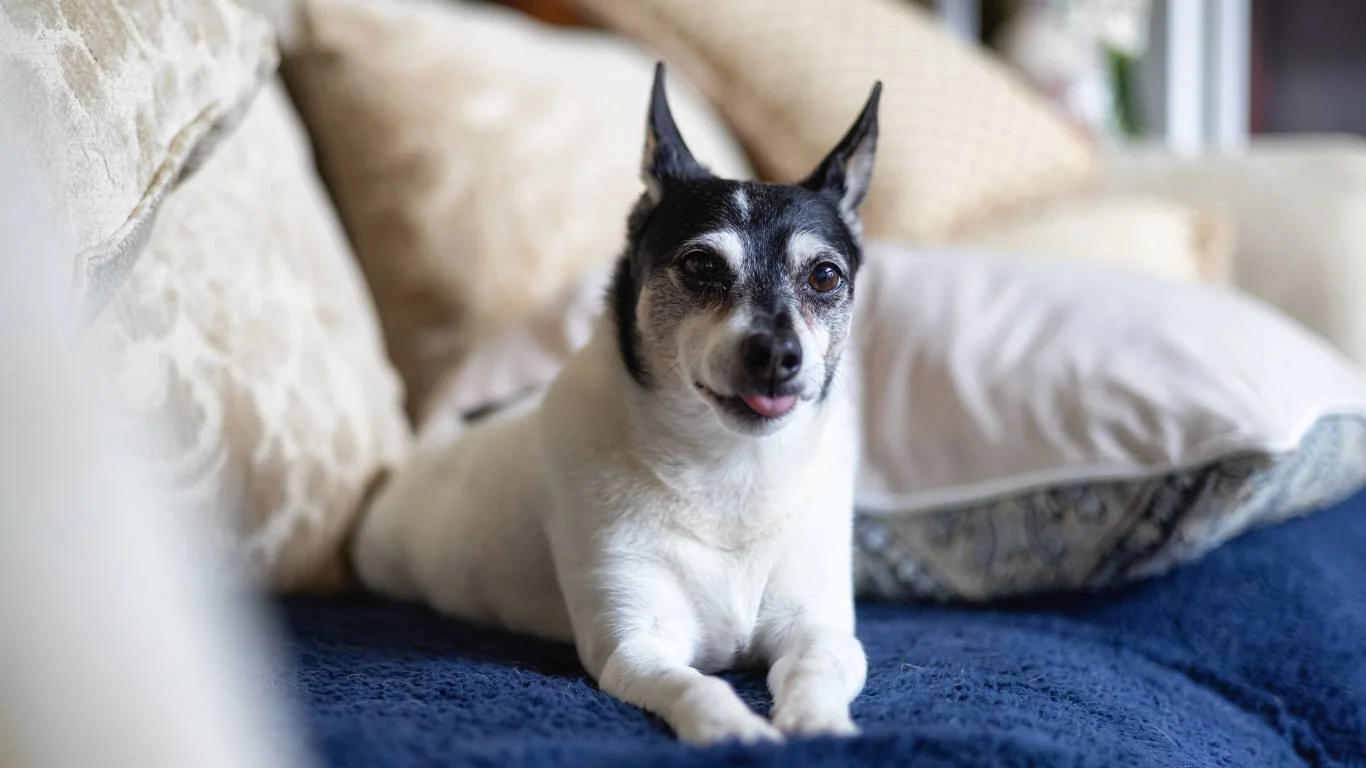
Not all cloudy eyes require emergency action, but some definitely do. Here’s a quick list of red flags that mean you should call your vet ASAP:
- Sudden cloudiness (especially in one eye)
- Eye redness, swelling, or discharge
- Your dog is squinting or keeping one eye shut
- Visible pain—pawing at the eye, whining, or avoiding light
- Behavior changes like bumping into things or seeming disoriented
I always say, if your gut is telling you something’s off, trust it. You know your dog better than anyone. It’s better to have it checked out and be told it’s nothing than to wait too long and regret it. One time, a client almost skipped bringing in their Border Collie because the cloudiness “didn’t seem like a big deal”—turns out it was early-onset cataracts, and quick treatment made a huge difference.
How Vets Diagnose the Cause of Cloudy Eyes
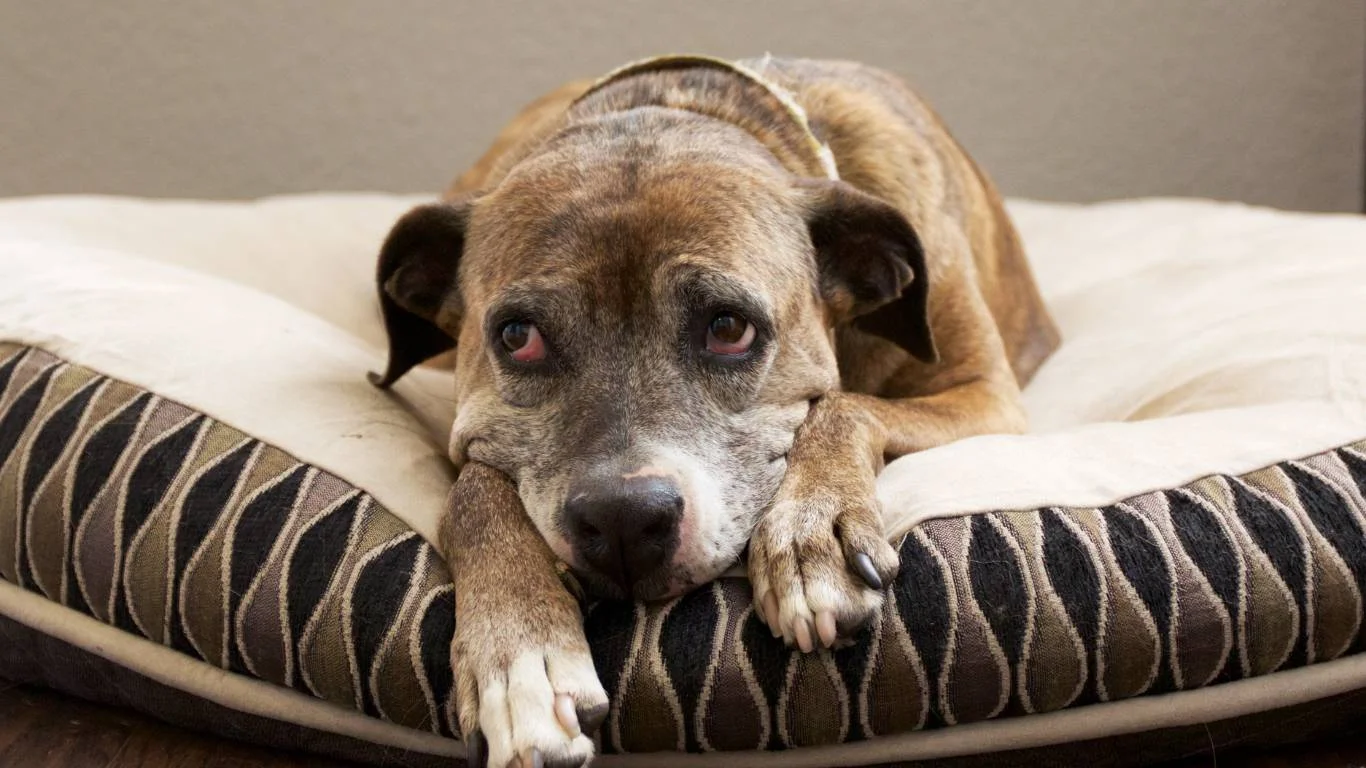
When a pet parent brings in their dog with cloudy eyes, we don’t just take a quick glance and send them on their way. Nope. There’s a whole process we follow to get to the root of the problem. Depending on the case, the vet may run a series of tests. And yes, it might sound overwhelming at first, but I promise, most of it is quick and non-invasive.
- Ophthalmic Exam: Using tools like an ophthalmoscope, we check inside and around the eye for cloudiness, lesions, or abnormalities.
- Tonometry: This painless test checks the pressure inside your dog’s eye. It’s how we screen for glaucoma.
- Fluorescein Stain Test: We use a bright green dye to detect scratches or ulcers on the cornea—super helpful for injury cases.
- Bloodwork: If we suspect diabetes or infection, lab tests might be suggested to rule out underlying systemic issues.
One time, a sweet Golden Retriever named Sadie came in with subtle haziness in both eyes. At first glance, it looked like age-related changes, but after running a stain test, we found tiny corneal ulcers forming. Her owner was shocked—they hadn’t noticed her squinting or showing any pain. That’s the thing with dogs: they’re masters at hiding discomfort.
Is Cloudiness Always Permanent?
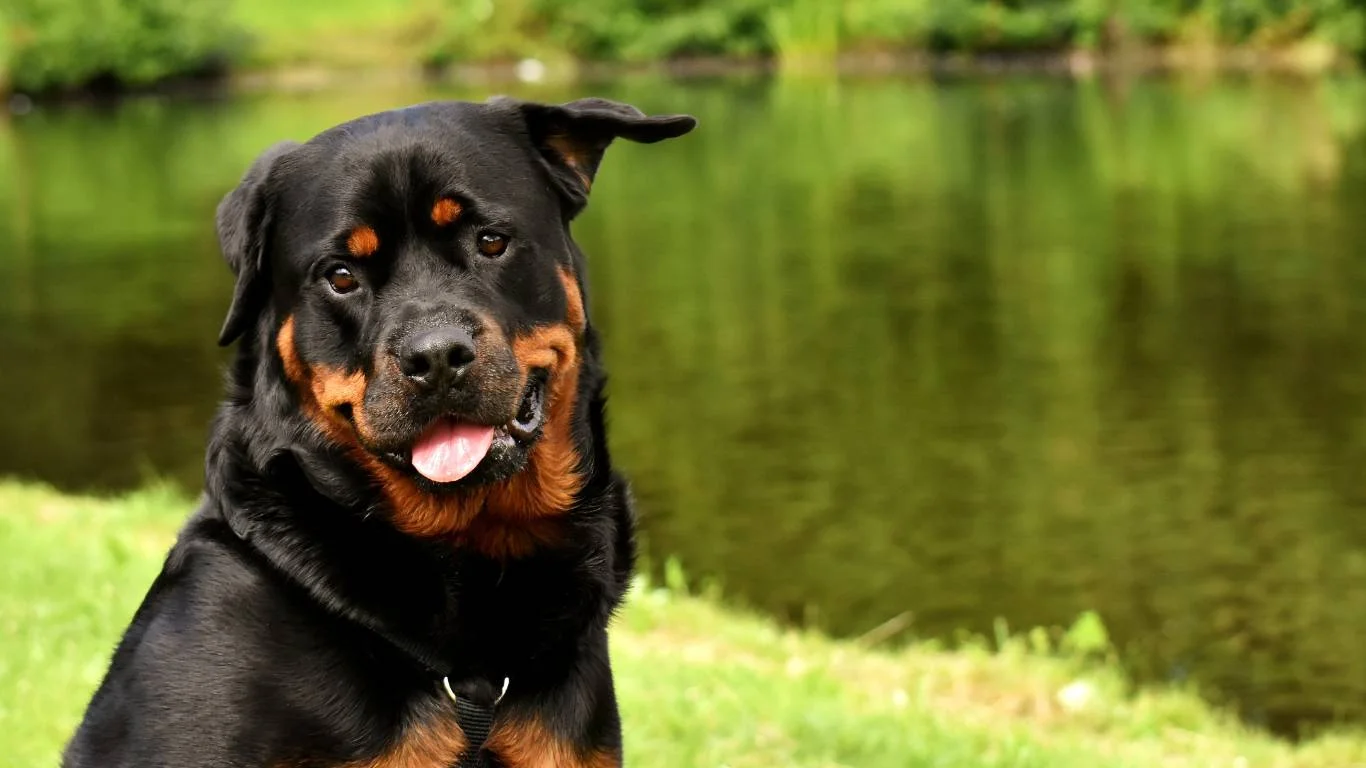
This is one of the first questions people ask after hearing the diagnosis: “Can it be fixed?” And the answer is… it depends. Some causes of cloudy eyes are treatable and even reversible. Others, like cataracts or glaucoma, might require ongoing care—or in some cases, surgery.
Reversible Conditions
If the cloudiness is due to an infection, inflammation, or minor trauma, then yes—meds usually do the trick. Antibiotic or steroid eye drops can clear things up within days to weeks. It’s actually kind of satisfying watching the improvement, especially when pet parents send us follow-up pics of their happy pups with clear, bright eyes again.
When Surgery Is Needed
For cataracts that impact vision significantly, surgery is an option. Not every dog is a candidate, but when it works, the results can be amazing. I’ve seen older dogs act like playful puppies again post-surgery, chasing balls like they haven’t in years. Glaucoma, on the other hand, may require long-term management or even surgical intervention if the pressure can’t be controlled. It’s not always a perfect fix, but early intervention can make a huge difference.
What You Can Do at Home to Monitor Eye Health
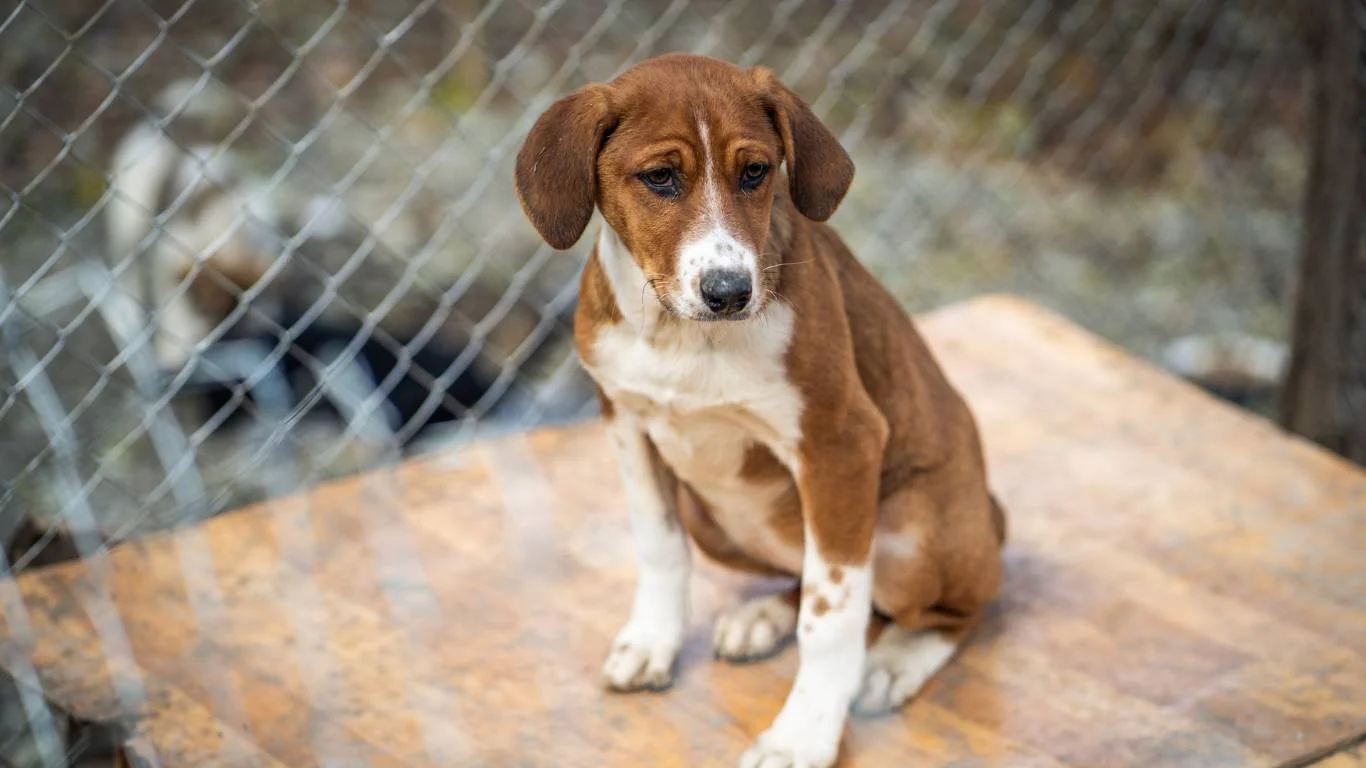
Let’s be real—you can’t run a tonometry test at home. But there are still plenty of things you can do to keep tabs on your dog’s eye health and catch changes early.
- Look closely at their eyes once a week. You’d be surprised how much you notice when you actually stop to inspect. Check for cloudiness, redness, discharge, or squinting.
- Watch for behavioral changes. If your dog starts hesitating on stairs or bumping into things, don’t chalk it up to clumsiness. Vision might be the issue.
- Clean their eyes gently. Use a damp, clean cloth to wipe away gunk. Just be gentle—no cotton swabs near the eyeball!
- Limit exposure to irritants. Dust, wind, and even certain cleaning sprays can irritate your dog’s eyes. If they’re extra sensitive, consider doggy goggles (yes, those exist and they’re adorable).
And if you’re ever unsure? Give your vet a call. I always say, it’s better to feel silly for calling about “nothing” than to regret waiting too long. Dogs are family, and they deserve every bit of the same care we’d give to our human loved ones.
Breed-Specific Risks: Is Your Dog More Prone to Cloudy Eyes?
Here’s something a lot of pet owners don’t know: some breeds are just genetically more likely to develop eye issues, cloudy eyes included. I can’t tell you how many Spaniels and Schnauzers I’ve seen come in for eye checkups way more often than other breeds.
- Cocker Spaniels: High risk for glaucoma and cataracts.
- Boston Terriers & French Bulldogs: Their adorable bug eyes make them more prone to corneal injuries.
- Huskies & Shelties: More likely to develop inherited corneal dystrophy.
- Poodles & Miniature Schnauzers: These two are practically poster pups for early-onset cataracts.
So if you’ve got one of these breeds, don’t panic—just be a bit more proactive. Schedule regular eye checks, even if everything seems fine. Prevention and early detection really are the name of the game here.
Nutrition & Supplements That Support Canine Eye Health
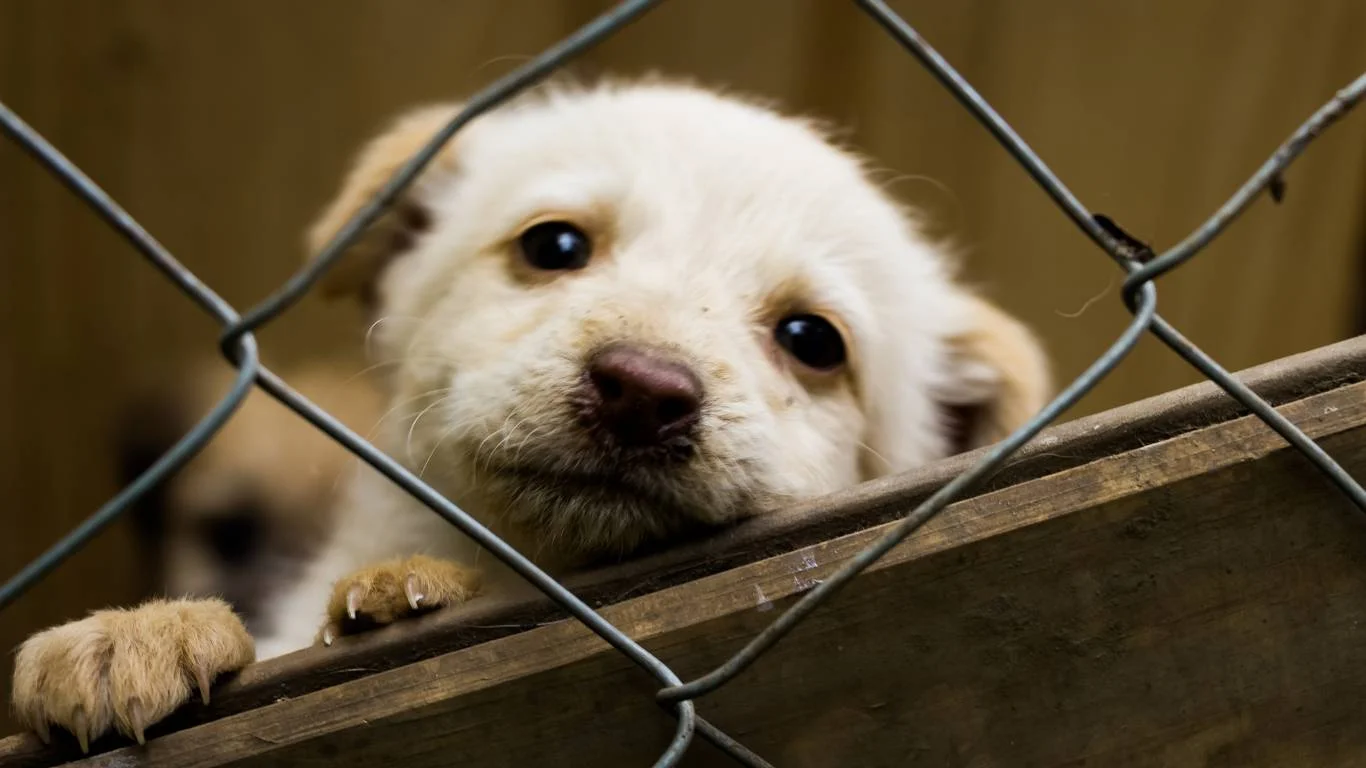
Let’s talk food—because what your dog eats can play a big role in their eye health. I’ve seen firsthand how a well-balanced diet can make a difference. Antioxidants, omega-3 fatty acids, and certain vitamins are key players here.
Foods rich in antioxidants like carrots, blueberries, and spinach can help combat oxidative stress in the eyes. Omega-3 fatty acids, found in fish like salmon and tuna, support retinal health and may help prevent dry eye syndrome. [Source]
Supplements can also be beneficial, especially for older dogs or those with existing eye conditions. Look for supplements containing vitamins C and E, lutein, and zeaxanthin. These nutrients have been shown to support eye health and may slow the progression of certain eye diseases.
Preventing Cloudy Eyes: Tips for Pet Parents
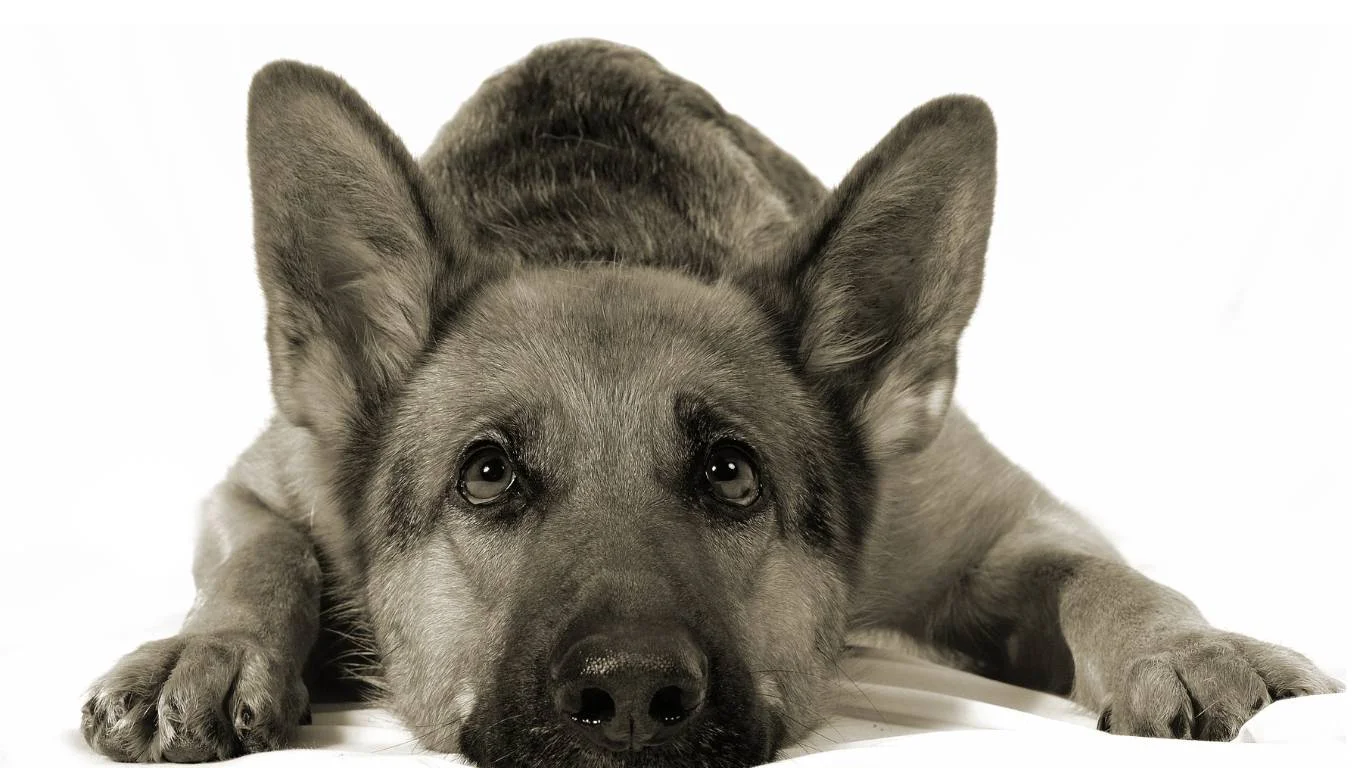
Prevention is always better than cure. Here are some tips I often share with pet parents to help keep their dog’s eyes clear and healthy:
- Regular Vet Check-ups: Annual eye exams can catch issues early before they become serious problems.
- Keep Eyes Clean: Gently wipe away any discharge with a damp cloth to prevent infections.
- Protective Gear: If your dog loves sticking their head out the car window, consider doggy goggles to protect their eyes from debris.
- Monitor for Changes: Be vigilant for signs like redness, excessive tearing, or your dog rubbing their eyes.
- Manage Underlying Health Issues: Conditions like diabetes can lead to eye problems, so keeping these in check is crucial.
Remember, early detection and intervention can make a significant difference in outcomes.
When to Consult a Veterinary Ophthalmologist
While your regular vet can handle many eye issues, some cases require a specialist’s expertise. If your dog has persistent eye problems, or if treatments aren’t yielding results, it might be time to consult a veterinary ophthalmologist. They have specialized equipment and training to diagnose and treat complex eye conditions.
In my experience, timely referral to a specialist has saved the vision of many dogs. It’s always better to be proactive when it comes to your furry friend’s eyesight.
Final Thoughts
Cloudy eyes in dogs can be a sign of various conditions, ranging from harmless age-related changes to serious health issues. As a veterinary assistant, I’ve seen the importance of early detection and treatment in preserving a dog’s vision and quality of life.
Stay observant, maintain regular vet visits, and don’t hesitate to seek professional advice if you notice any changes in your dog’s eyes. Your vigilance can make all the difference.
References
- Cloudy Eyes in Dogs: Why Are My Dog’s Eyes Cloudy? – PetMD
- Best Foods to Improve Your Dog’s Eyesight: A Comprehensive Guide – Bonza
- Cloudy Eyes in Dogs: What to Know – American Kennel Club
- Cloudy Eyes in Dogs: Definition, Causes, and Treatments – Honest Paws
- A Guide to Eye Care for Dogs: Understand Your Dog’s Eye Health – NVISION Centers
Disclaimer
This article is for informational purposes only and does not substitute professional veterinary advice. Always consult with your veterinarian regarding any concerns about your dog’s health.
